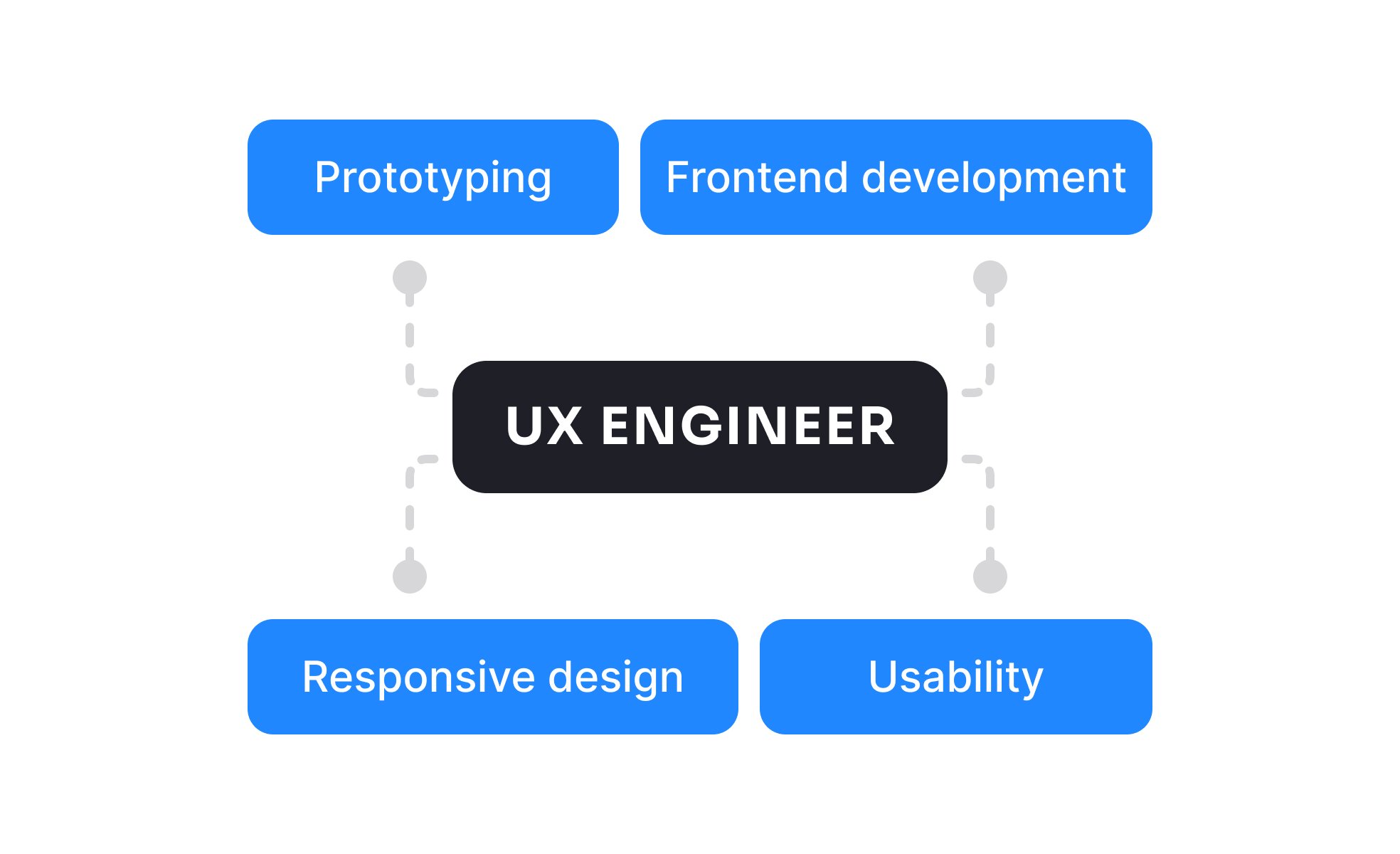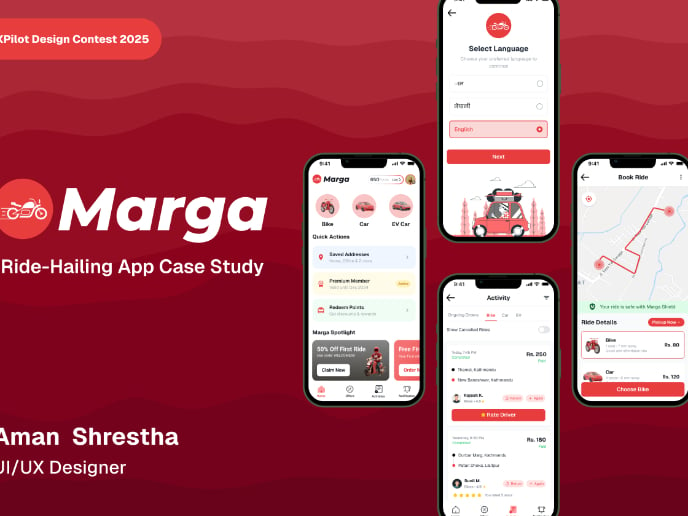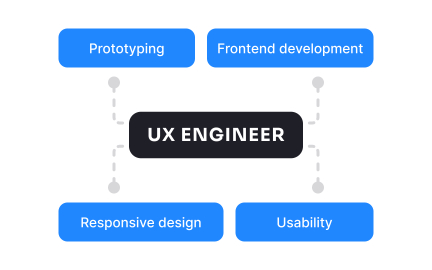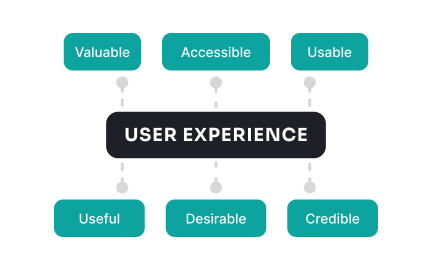UX Engineer
A UX engineer is a hybrid role that combines design and front-end development skills, bridging the gap between design concepts and functional user interfaces.

TL;DR
- Hybrid role blending design and development.
- Bridges communication between design and engineering.
- Translates design systems into working code.
- Ensures interfaces are both functional and usable.
Definition
A UX engineer is a professional who works at the intersection of design and development, focusing on translating design solutions into coded interfaces while maintaining usability and design integrity.
Detailed Overview
The role of a UX engineer emerged from the increasing overlap between design and front-end development. UX engineers understand both design principles and coding practices, allowing them to bridge communication gaps between design teams and developers. Their goal is to ensure that digital products not only look good but also function as intended across platforms and devices.
A frequent question is how UX engineers differ from front-end developers. While front-end developers focus on implementing interfaces in code, UX engineers are equally invested in design fidelity and user experience. They serve as translators, ensuring that design systems and prototypes are implemented accurately and efficiently. For example, a UX engineer may refine a button’s spacing, alignment, or hover states to match the design vision while coding it for scalability.
Another common query is what skills define a UX engineer. They often combine design knowledge, such as layout, typography, and accessibility, with technical expertise in HTML, CSS, JavaScript, and frameworks like React or Vue. This hybrid skill set allows them to collaborate fluidly with both designers and developers, reducing misalignment and handoff issues.
Design systems are central to a UX engineer’s work. They frequently build and maintain coded component libraries, ensuring consistency across products. This makes them essential for organizations scaling design across multiple teams or platforms. A UX engineer’s ability to connect visual guidelines with coded components reduces inefficiencies and strengthens brand consistency.
Accessibility is another major area of focus. UX engineers implement best practices to ensure that interfaces are inclusive, such as semantic markup, keyboard navigation, and ARIA attributes for screen readers. Their dual perspective helps them advocate for accessibility in both design and implementation.
Learn more about this in the UX Engineer Exercise, taken from the Common Designer Roles Lesson, a part of the UX Design Foundations Course.
Front-end developers focus mainly on coding, while UX engineers balance coding with design fidelity and usability. They act as a bridge, ensuring designs are accurately implemented.
This makes them especially valuable in reducing gaps between disciplines.
UX engineers need strong knowledge of design principles, front-end development (HTML, CSS, JavaScript), and accessibility. Familiarity with design systems and frameworks is also essential.
This combination allows them to collaborate effectively across teams.
They often translate visual guidelines into coded components, ensuring consistency across products. This includes creating libraries of reusable UI elements.
Their work ensures efficiency and scalability across large organizations.
UX engineers build interfaces that are inclusive for all users. They ensure semantic structure, proper contrast, and compatibility with assistive technologies.
This commitment to accessibility aligns with ethical, legal, and usability standards.
They streamline collaboration between design and engineering, reduce misinterpretations, and speed up implementation. By focusing on both usability and functionality, they strengthen product quality.
Their hybrid expertise ensures user experience is prioritized throughout development.
Recommended resources
Courses

UX Research

HTML Foundations

Mentorship Mastery
Projects

Disney+ App Redesign

LevelUp Lore












